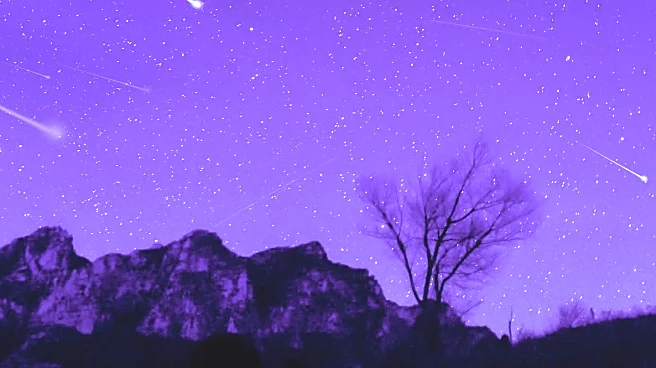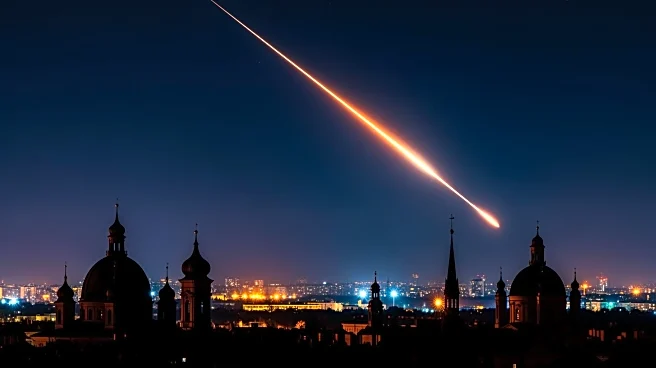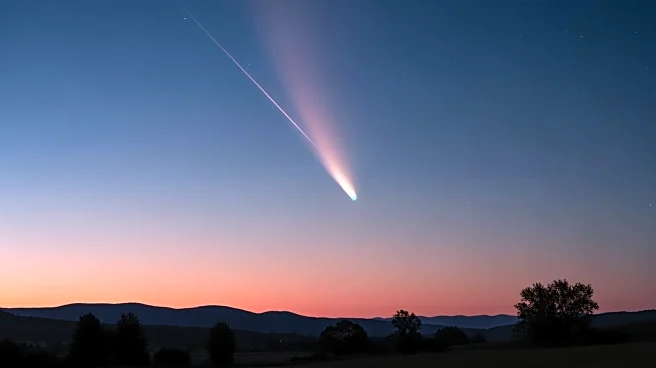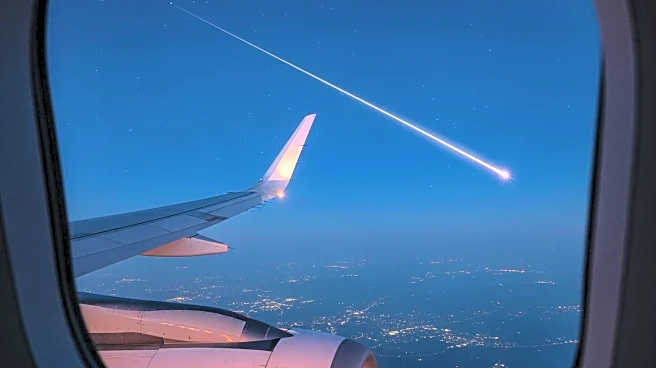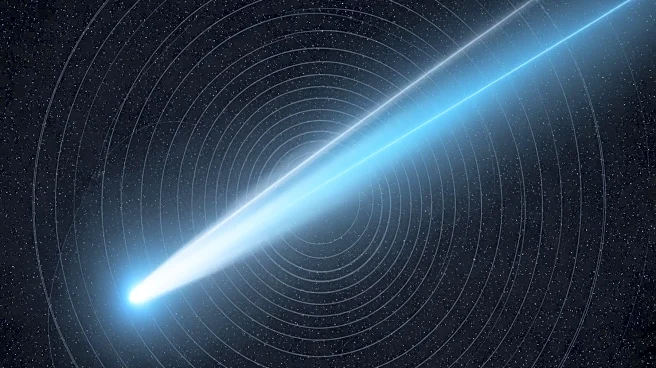What's Happening?
The Leonid meteor shower is set to peak overnight on November 17-18, offering optimal viewing conditions for bright meteors. The radiant of the shower, located in the constellation Leo, will rise around 11 P.M. local time, with the best viewing opportunities
occurring in the early hours of November 18 when the radiant is high in the sky. The waning crescent Moon will not interfere significantly with visibility, allowing observers to see meteors with long, bright trains. The Leonids are known for their fast-moving meteors, which can produce up to 15 meteors per hour at peak.
Why It's Important?
Meteor showers like the Leonids provide a natural spectacle that can be enjoyed by the public without the need for specialized equipment. This event encourages interest in astronomy and offers educational opportunities about celestial phenomena. The Leonids, with their bright and fast-moving meteors, are particularly appealing to both amateur and professional astronomers. The shower's peak coinciding with minimal moonlight enhances visibility, making it an ideal time for skywatchers to observe and photograph the event.
What's Next?
Following the peak, the Leonid meteor shower will continue to be active until November 30, allowing for continued observation opportunities. As the shower progresses, observers are encouraged to find dark locations with clear skies to maximize visibility. The event may inspire further interest in upcoming astronomical events, such as the opposition of Uranus, which offers prime conditions for telescopic observation.
Beyond the Headlines
Meteor showers like the Leonids offer a chance to reflect on the vastness of space and our place within it. They serve as reminders of the dynamic nature of the cosmos and the ongoing interactions between celestial bodies. The cultural and historical significance of meteor showers, often linked to myths and legends, adds an additional layer of intrigue and appreciation for these natural events.







